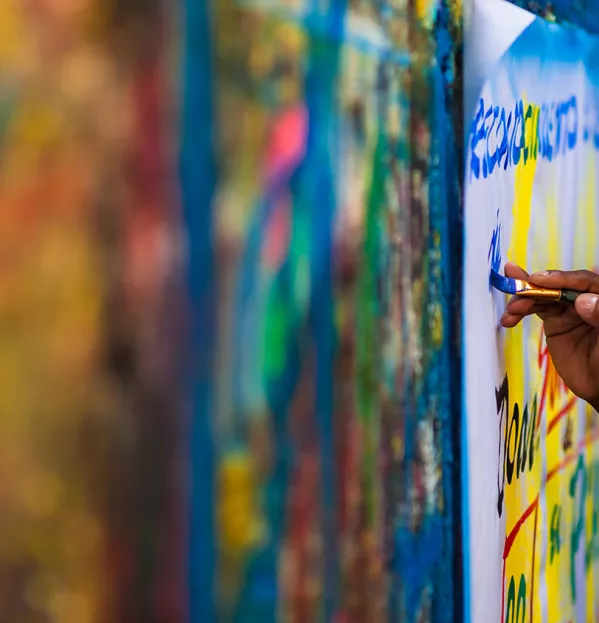Once upon a time, I dreaded starting new topics because of the expectation to create shiny displays. They had to be laminated and printed neatly; they had to engage and inform pupils; and they had to be fun.
But the pupils never seemed to appreciate the effort: many paid little or no attention to these works of art. And although I’d ticked the box for creating a stimulating learning environment, a cognitive scientist might argue that an overly stimulating environment is the opposite of what young learners need anyway.
So, I changed my approach.
Display work once meant hours of printing, mounting and using the temperamental laminating machine that chewed precious pieces of print into melted-plastic bacon strips. It took up hours of my valuable time, which teachers simply don’t have any more. And many of us are now without the teaching assistants who might have once helped with all that ironing out of hot plastic.
But there is merit in building interest around a new topic or book through a display or creating working walls that provide scaffolds for learning. So, I have not ditched displays; I have cut the time I spend making them in half by turning to the humble whiteboard pen and swotting up on my handwriting.
No longer do I sit at a computer to work on displays, typing up volumes of print ready to be hot-pressed. Nor do I download pages of prepaid colourful displays from resource websites. Instead, I grab a piece of plain paper or card, flex my fingers and get writing.
Where once I had a classroom swamped in glossy Comic Sans or Sassoon Primary, now I have my own handwriting, unsandwiched between the shiny plastic that all too often catches the glare of the classroom lights, making it practically unreadable. I am modelling handwriting to children rather than plastering my walls with printed fonts that hide the art of putting pen to paper.
I am also now free of the burden of all that red-hot polyethylene terephthalate. And I’m not producing sackfuls of unrecyclable plastic that will end up in landfill or an incinerator.
Other schools have their own display policies, but I wonder how many stipulate that everything needs to be printed or laminated. Can they even afford to do this any more? If schools are places where writing is taught and celebrated, surely authentic handwriting should cover the walls rather than reams of print.
So, why not step away from the photocopier, turn your back on melted plastic and start writing? You’ll bring writing to life, save oodles of time and do your bit for the planet along with it.
Beth Budden is key stage 1 leader at a primary school in London. She tweets @BethBudden
This article originally appeared in the 31 January 2020 issue under the headline “Why I ditched my laminator and picked up a humble pen”
